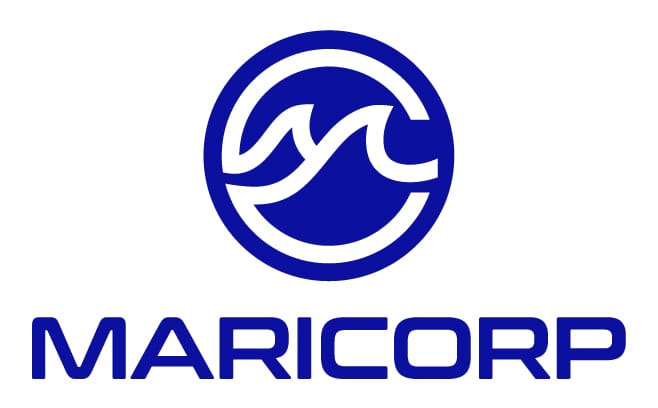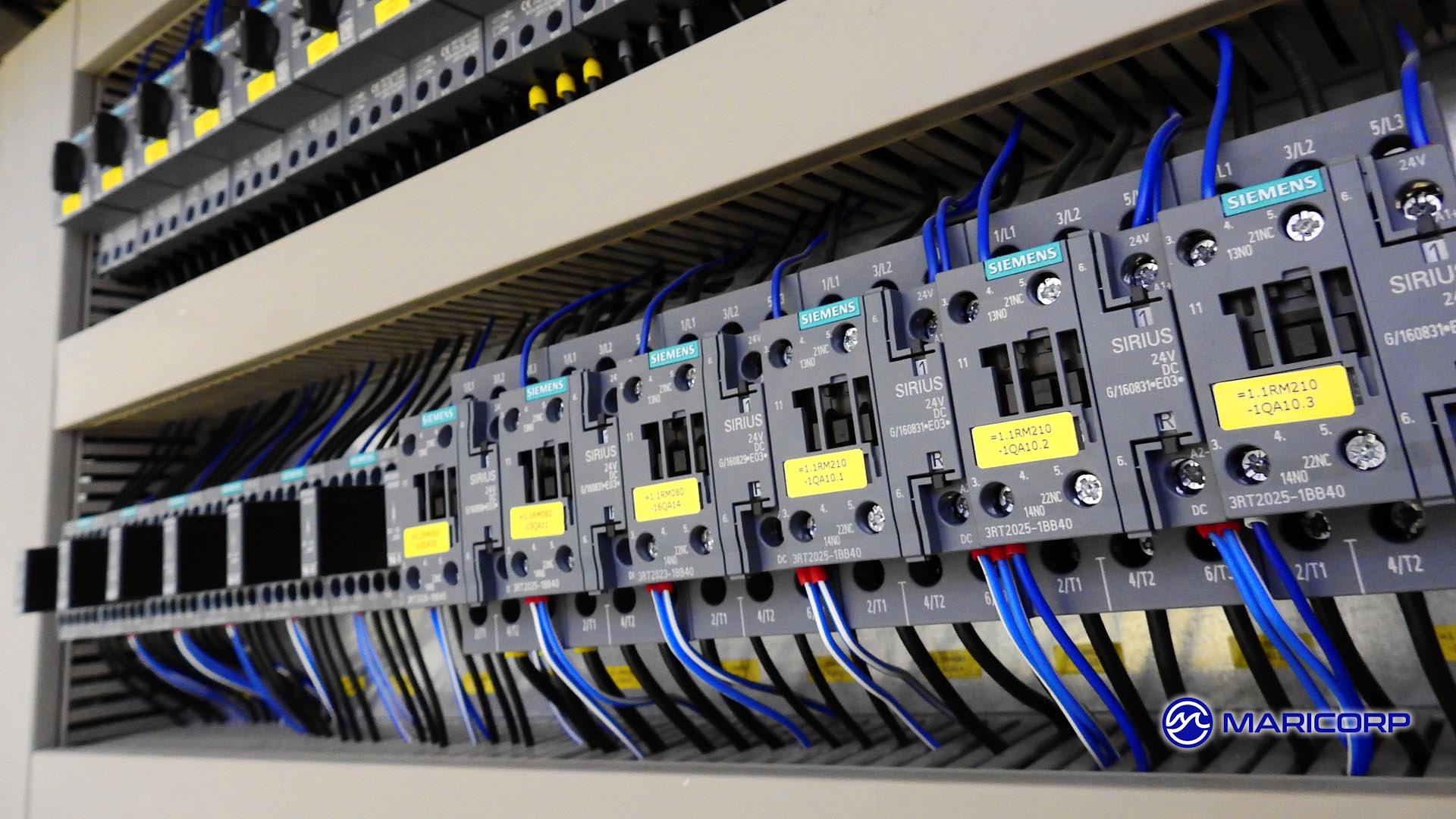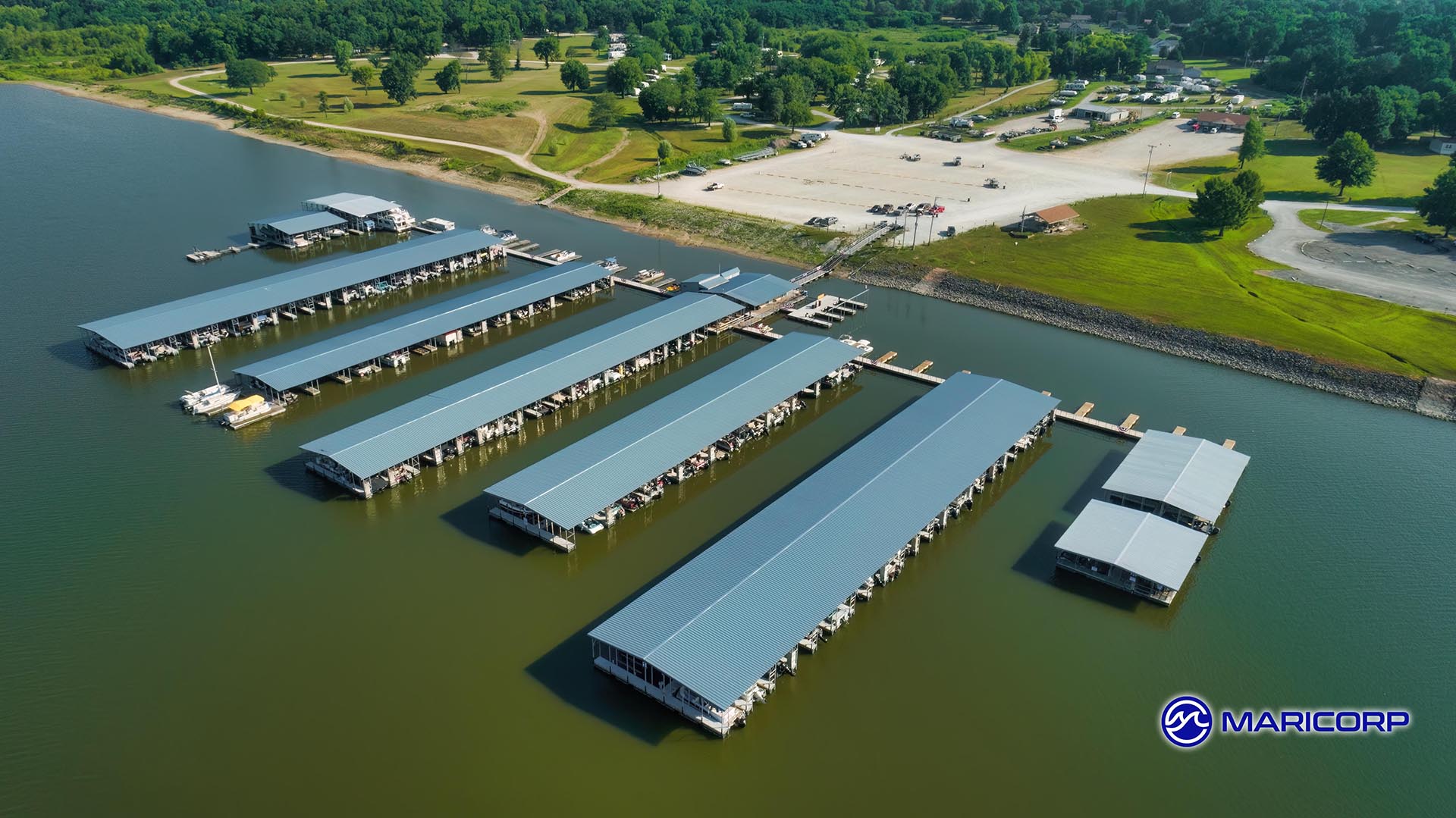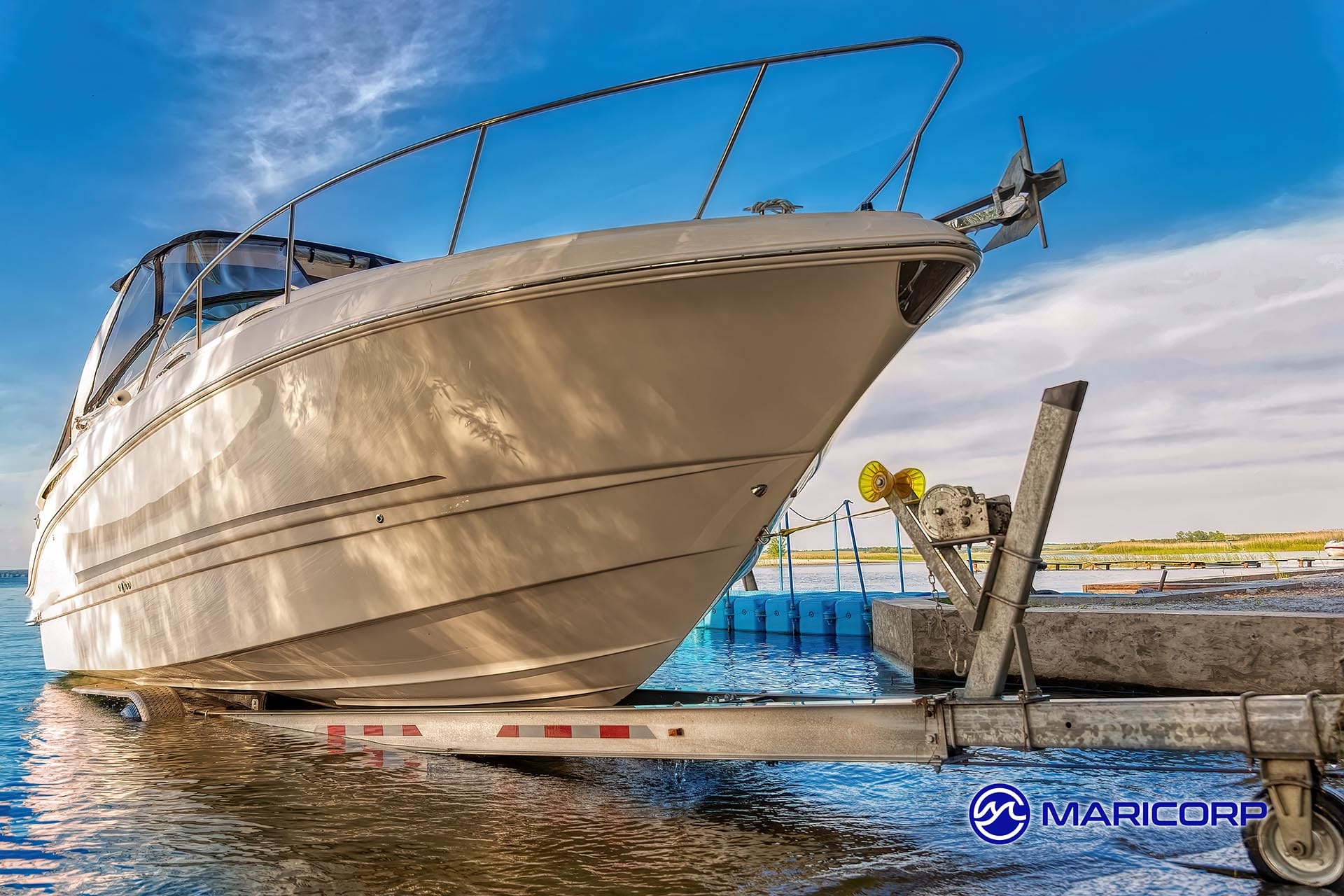*NOTE: THIS ARTICLE WAS ORIGINALLY PUBLISHED ON 2-9-17. ADDITIONAL REVISED INFORMATION CAN BE FOUND AT “NEC 2017 UPDATE“.
Marina owners will be making changes to their operations soon in order to comply with the new 2017 National Electric Code (NEC) standards. How will these NEC updates for 2017 change the marina industry?
Provisions directly impacting marinas and docks are:
- Section 555.3 – Tighter ground fault protection
- Section 555.1 – The inclusion of residential installations
- Section 555.24 Electric Shock Hazard signs to be posted
TIGHTER GROUND FAULT TOLERANCES
Specifically, the 2017 NEC has been revised to address Electric Shock Drowning (ESD). These changes affect ground fault protection (GFP) on docks and marinas, both commercial and private. The 2011 NEC required GFP to have a maximum of 100 mA capacity. The new requirement drops the maximum limit to 30 mA.
The move to tighter tolerances was initiated after many ESD incidents were reported in the media, raising the awareness to a national level. Ground fault is when a connection is made between an electric source and the ground (or in the case of marinas, a surrounding body of water). An installed ground fault protection (GFP) device cuts a circuit when it registers this leakage, preventing further flow of electricity into the surroundings. The most commonly recognized GFP is a ground fault circuit interrupt (GFCI) found in most modern homes.
RESIDENTIAL DOCKS ARE NOW INCLUDED IN THE SCOPE
In the past, private, non-commercial and residential docks had been excluded from the NEC. However, due to the safety hazard posed by ESD (many recorded instances were on private docks), the scope was expanded to include these installations.
MANDATORY SIGNAGE AT KEY LOCATIONS
Finally, the last provision affects sign requirements. Signage proclaiming “WARNING POTENTIAL SHOCK HAZARD ELECTRICAL CURRENTS MAY BE PRESENT IN THE WATER” are to be posted at all approaches to a marina or boatyard facility. These signs must be clearly visible and of sufficient durability. Swimming is to be prohibited within 50 meters of any dock that has power.
HOW LONG DO YOU HAVE TO IMPLEMENT?
How much time before you have to implement these new codes? According to the National Electrical Manufacturers Association in a published PDF, as this writing only one state has adopted the 2017 NEC* since it was released last fall. The listing revised in January, shows only Massachusetts having adopted and implemented the latest NEC. The NEC is published and revised by the National Fire Protection Association (NFPA) and is itself not an enforcement agency. It’s up to local and state governments to adopt and implement these codes, as well as enforce them. Actual time for implementation will vary by state and governing authority.
It’s not surprising that Massachusetts leads the way since the NFPA is headquartered in Quincy, MA.
The majority of states do adopt and implement recommendations by the NFPA, the most common revision being the 2014 NEC standard. Five states refrain from statewide adoption of any NEC standard, AZ, KS, MO, IL, MS. These states allow municipal agencies and civic governments to adopt and implement on a local level.
WHAT IS ELECTRIC SHOCK DROWNING
Electric Shock Drowning occurs when a swimmer encounters low level AC strong enough to paralyze muscles, ultimately leading to death by drowning. As little as 10 mA of alternating current leaking from shore power into fresh water, can cause the paralysis of the diaphragm and the swimmer stops breathing. 60 mA of current leakage can cause heart failure. There have been more than 70 officially documented cases of ESD since 1986, but it’s believed that many more drowning incidents were actually cases of ESD. ESD can only be verified by eye witness accounts. An untold number or drownings could have been attributed to ESD.
* Link no longer available – see NEC 2017 Update for Additional NEC 2017 code updates and requirements and below for revised adoption map link.
UPDATE 4-27-18
In the 15 months since this article was first published, the NFPA has revised the adoption map as of April 2018 and can be downloaded here.
Further revision of NEC resulted in less stringent requirements and more practical implementation for marinas, a summary can be found here. A more detailed article explains not only which states have adopted the NEC 2017 standards, but also the effective date of adoption and any other processes the states may be undergoing.
Additional related articles:
- NEC 2017 Update
- NEC Codes for 2017 – Stricter Standards for Marinas
- Electric Shock Prevention Tools
Additional sources:
-
-
- FINAL NEC 2017 at NFPA.ORG
- NEC Changes Video Series
- ESD Prevention Association
- Electrical Safety Foundation International
- IAEI (International Association of Electrical Inspectors)
- Boat USA
-








